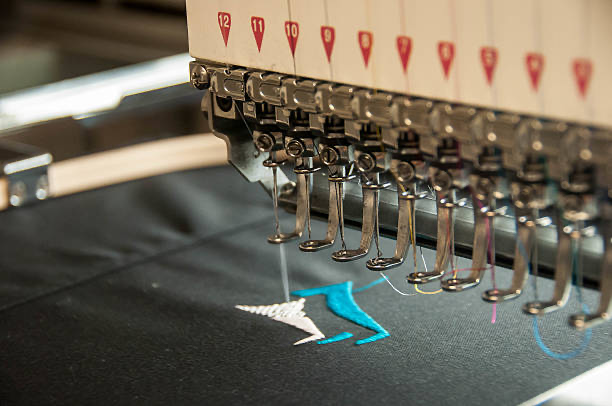
Embroidery
Embroidery uses needle and thread to create beautiful long-lasting garments. A great way to add extra detail and texture to designs. We even do oversize embroidery!
Best Cases For Embroidery
Embroidery is best for any kind of vector design, but a DST or EMB file is necessary for the machines to process the file. If you need to digitize your design, we can help you out with that! It's also important to note that embroidery comes out best on thick garments like sweatshirts/ pants/ shorts, collared/ dress shirts, and heavyweight tees. The process is a bit tricky and thin garments have a tendency to "bunch up" and ruin the garment altogether. If you have any questions about the process, click the button below to get into contact or get a quote!
Embroidery Fun Facts!
Did You Know?
#1
Embroidery was first used in 30,000 BC during the Cro-Magnon era in modern day China.
#2
Embroidery was once a respected craft and a sign of wealth, and was passed down through families. It eventually became a hobby for wealthy young women, and is now enjoyed by people of all classes.
#3
The largest embroidered item in the world is a tapestry that's about 1.5 feet tall and over 230 feet long! The renowned Bayeux Tapestry is the biggest piece of embroidered work and is situated at the Bretagne Museum in the northern region of France.
Completed around the 1070s, it's a linen cloth that depicts the tale of William the Conqueror’s acquisition of Britain in the Battle of Hastings.
#4
The first embroidery machine was invented by a Frenchman in 1828. It was originally seen as a threat to the industry. Funny huh?
#5
Similar to screenprinting, you can embroider on just about anything you can pass a nail through! We don't recommend wearing embroidered pictures or wood!
